How Assisted Living Foster a Sense of Community

As people age, one of the most vital aspects of well-being becomes connection—with others, with purpose, and with a sense of belonging. For many older adults, moving to an assisted living community can feel like a major life transition, but it often brings with it an unexpected benefit: a thriving sense of community that improves quality of life in deeply meaningful ways.
In this blog, we’ll explore how assisted living communities foster a sense of community, covering the environment, activities, staff involvement, and peer support that help residents feel engaged, valued, and connected.
Why Community Matters in Assisted Living
The National Institute on Aging highlights that social isolation and loneliness in older adults are associated with higher risks for several physical and mental conditions, including heart disease, cognitive decline, and depression. Assisted living communities address these challenges by creating environments where social connection is not just possible but encouraged and supported every day.
Key Ways Assisted Living Fosters a Sense of Community
1. Shared Spaces That Encourage Interaction
Assisted living communities are designed with intentional spaces that naturally bring people together. These include:
- Dining rooms where residents enjoy meals in a communal setting
- Lounge areas with cozy furniture for group chats or games
- Outdoor patios and gardens that serve as peaceful gathering spots
- Activity rooms for crafts, puzzles, and group hobbies
These shared environments promote spontaneous interactions, daily check-ins with neighbors, and easy opportunities to form friendships.
2. Daily Activities That Build Social Bonds
One of the most effective ways assisted living fosters community is through structured daily programming. These activities are more than just “things to do”, they are tools for building relationships and shared experiences.
Common activities include:
| Activity Type | Examples |
|---|---|
| Physical Wellness | Chair yoga, walking clubs, stretching classes |
| Creative Expression | Painting classes, knitting groups, adult coloring |
| Cognitive Engagement | Trivia nights, book clubs, memory games |
| Spiritual & Emotional | Meditation, religious services, group therapy |
| Entertainment & Fun | Movie nights, live music, talent shows |
Residents frequently bond over common interests, and consistent participation fosters familiarity and friendship.
3. Dining Together: More Than Just a Meal
Communal dining is a cornerstone of the social experience in assisted living. Rather than eating alone, residents gather around tables to enjoy meals, chat, and share stories.
Many communities even arrange themed dinners, chef demonstrations, or resident-run recipe nights to spark conversation and involvement. For new residents, these mealtimes often serve as the gateway to forming their first friendships.
4. Resident Councils and Peer Leadership Opportunities
Many communities offer resident councils, where individuals can share feedback, suggest improvements, and help plan upcoming events. This gives residents a sense of agency and purpose—two key ingredients for a meaningful life.
Leadership opportunities, such as leading a book club or volunteering to welcome newcomers, also reinforce connection and foster a culture where everyone contributes to the collective well-being.
5. Celebrating Life Together
Holidays, birthdays, anniversaries, and milestone events are joyfully celebrated in assisted living settings. These shared experiences:
- Break up routine
- Bring residents and staff together
- Create positive emotional memories
- Encourage intergenerational connections with visiting families
Celebrations often include music, decorations, themed meals, and group activities—all of which reinforce the feeling that every resident is valued.
6. Supportive Staff Relationships
Compassionate, consistent staff play a major role in creating community. They serve as connectors, introducing residents to one another, encouraging participation in activities, and helping those who may feel shy or hesitant.
In many cases, staff members become honorary family to residents, providing not only care but companionship and emotional support.
7. Encouraging Interpersonal Relationships
In assisted living, friendships form naturally through proximity and shared experience. Residents:
- Walk together in the mornings
- Help each other during activities
- Sit at the same table each day
- Watch TV or do puzzles in groups
Even simple greetings and familiar faces create a sense of routine and emotional safety. For those without nearby family, this surrogate social network can be deeply comforting.
8. Welcoming New Residents with Intention
Transitioning into assisted living can be emotional, especially for seniors leaving behind a longtime home. That’s why many communities have welcome protocols designed to ease the adjustment period. These may include:
- “Buddy” programs that pair new residents with a peer guide
- Special welcome luncheons or mixers
- Staff introductions and personal tours
- New resident support groups
This kind of intentional onboarding helps new residents feel seen and supported from day one.
Real-Life Benefits of Community in Assisted Living
The benefits of a strong community in assisted living go far beyond just feeling good. Residents in socially connected environments experience:
- Improved mood and reduced depression
- Better cognitive function and slower memory decline
- Higher levels of physical activity
- Greater engagement in their own care
- Enhanced safety and quicker help in emergencies
Feeling part of a community also reduces the fear of aging, promotes independence, and increases life satisfaction.
How Families Can Support Community Building
Family members play an essential role in fostering a positive experience for their loved ones. Here are a few ways to support the process:
- Encourage participation in events and clubs
- Visit regularly and get to know other residents and staff
- Celebrate special occasions at the community
- Provide hobbies or items that help spark conversation
- Support new friendships by reinforcing the value of companionship
These small actions can help seniors feel more confident and comfortable in their new environment.
Final Thoughts
Assisted living is about much more than care—it’s about connection. From carefully planned environments to enriching activities and empathetic staff, every element is designed to help residents thrive socially, emotionally, and mentally.
When seniors feel part of a community, they live with more purpose, joy, and dignity. A warm, supportive assisted living environment can turn what once felt like a difficult transition into a new and fulfilling chapter of life.
If you’re considering options for your loved one, visit The Cottage at Litchfield Hills to experience firsthand how community living can enrich every day. Contact us today!
Frequently Asked Questions
How do assisted living communities help new residents adjust socially?
Assisted living communities often implement welcome programs like buddy systems, mixers, or personalized introductions to help new residents feel comfortable and included. These programs ease the transition and help seniors quickly find social connections.
Are activities mandatory in assisted living?
No, participation in activities is always voluntary. However, residents are warmly encouraged to join in, and staff members often help guide individuals toward programs that match their interests.
Can family members be involved in the community?
Absolutely. Most assisted living communities welcome family involvement, whether it's attending events, volunteering, or simply spending time with residents in shared spaces. Family presence helps enrich the sense of community for everyone.
Sources:
- https://www.nia.nih.gov/news/social-isolation-loneliness-older-people-pose-health-risks
- https://pmc.ncbi.nlm.nih.gov/articles/PMC4316373/
- https://pmc.ncbi.nlm.nih.gov/articles/PMC8866554/
- https://www.cdc.gov/healthy-aging/about/depression-aging.html
- https://www.cdc.gov/physical-activity-basics/adding-older-adults/what-counts.html






